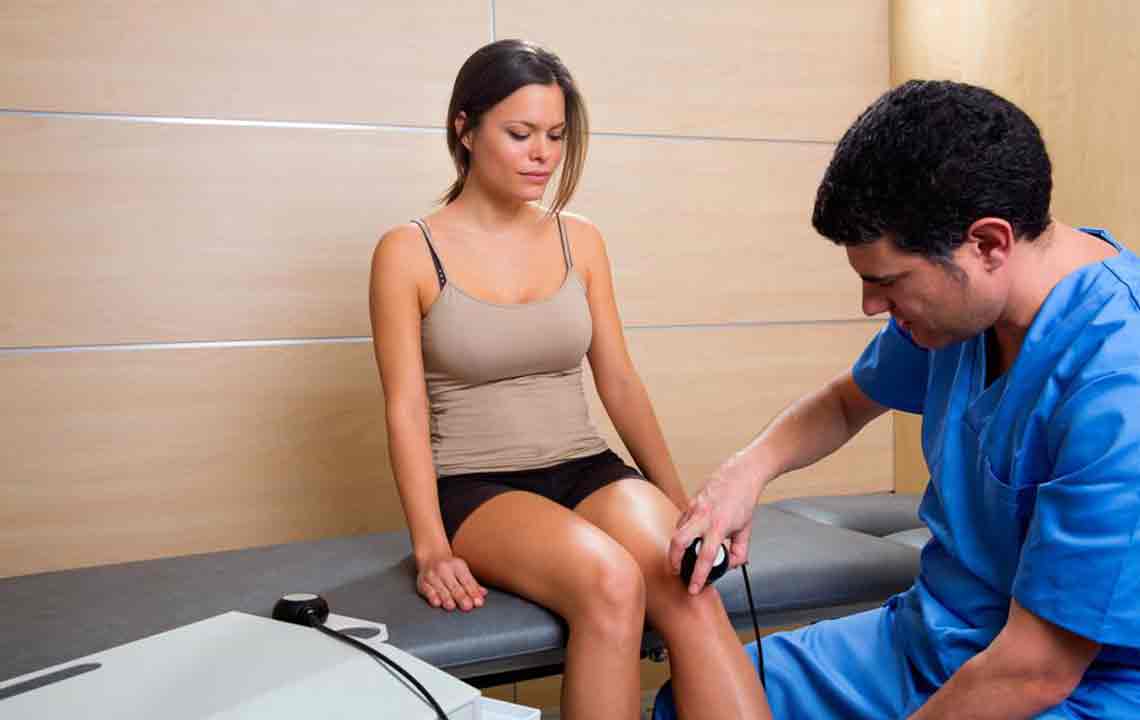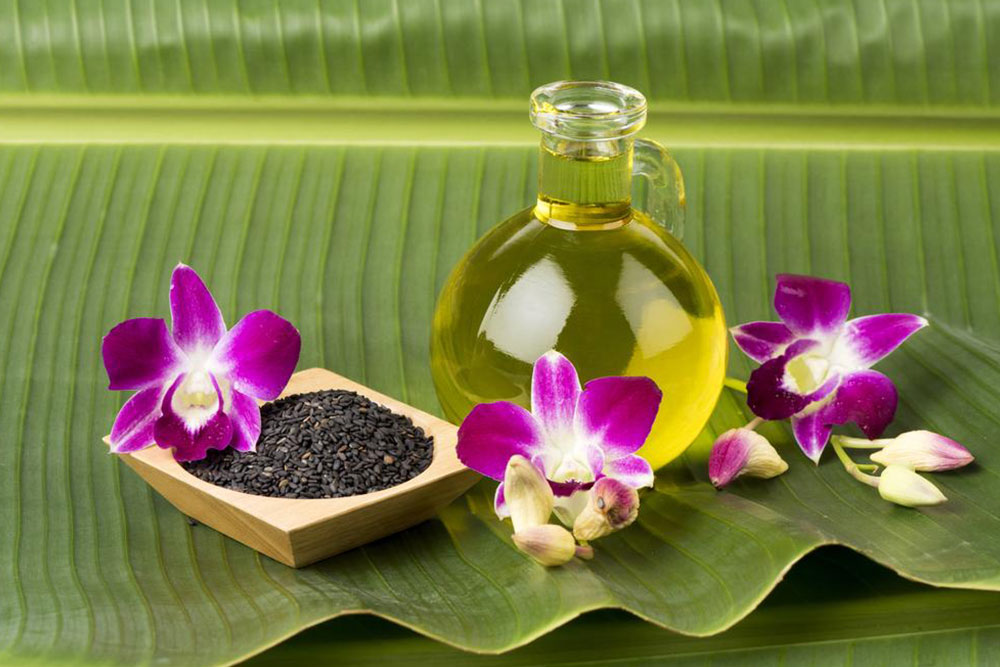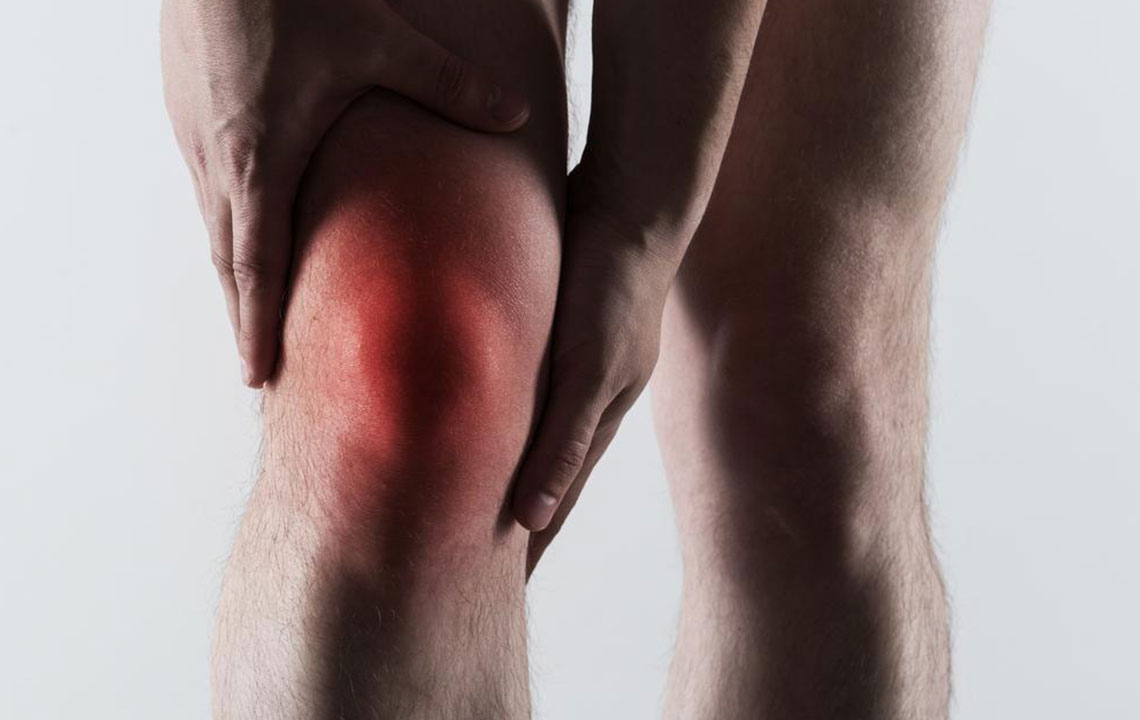Comprehensive Guide to Managing Knee Pain and Discomfort Naturally and Effectively
Discover comprehensive and natural strategies for managing knee pain effectively, including immediate first aid, exercises like Tai Chi, lifestyle adjustments, and herbal remedies. Learn how to relieve pain, improve mobility, and support joint health with proven methods suitable for various severity levels of knee discomfort.

Comprehensive Strategies for Managing Knee Pain and Discomfort
Knee pain and discomfort are among the most prevalent issues affecting individuals across various age groups and lifestyles. It can stem from numerous causes, including injuries, degenerative conditions like osteoarthritis, inflammation, or overuse. The impact of knee discomfort can range from mild inconvenience to debilitating pain that hampers daily activities and reduces quality of life. Fortunately, there are a multitude of effective treatments and management strategies designed to alleviate pain and improve knee function. Whether you are experiencing mild discomfort or dealing with chronic issues, understanding these methods can help you choose the best approach for your needs.
Recognizing the severity of your condition is crucial. While some cases require medical intervention, many others can be effectively managed through home remedies, lifestyle adjustments, and alternative therapies. This article explores comprehensive, evidence-based strategies to help you manage knee discomfort more effectively, potentially avoiding or delaying the need for surgical procedures.
Implementing the RICE Method for Immediate Relief
The RICE protocol—Rest, Ice, Compression, and Elevation—is a fundamental first aid approach for treating acute knee injuries such as sprains, strains, or minor tears. It’s especially beneficial right after sudden injuries like twists, falls, or overexertion.
Applying ice or a cold pack helps limit swelling and reduce pain by constricting blood vessels. A frozen bag of green peas or commercial cold packs can be conveniently used. Wrap the cold source in a thin cloth to avoid direct skin contact, which can cause frostbite.
Compression with elastic bandages can prevent fluid buildup and support the joint. It’s important not to tie the bandage too tightly, as this can impede circulation and worsen swelling or numbness.
Elevating the leg above heart level facilitates fluid drainage and decreases swelling. Combine these steps with gentle movement to prevent stiffness, but avoid overexertion that may worsen the injury.
Remember, the RICE method is an initial step. Persistent or severe pain warrants professional medical evaluation to determine if more advanced treatment is required.
Post-injury care involves more than just immediate treatment. Appropriate rest, combined with controlled activity, is essential for healing. Moving cautiously and gradually reintroducing activity can prevent further damage. Consulting with a healthcare professional for a tailored recovery plan is highly advisable.
Enhancing Flexibility and Strength with Tai Chi
Originating from ancient China, Tai Chi is a low-impact, mind-body exercise cultivating balance, coordination, and flexibility. Its gentle movements are highly suitable for individuals with knee pain and degenerative joint conditions.
Research indicates that regular Tai Chi practice reduces pain, improves joint range of motion, and enhances overall mobility. The emphasis on slow, deliberate movements helps strengthen muscles around the knee, providing better support to the joint and reducing strain.
For those managing chronic osteoarthritis or post-injury rehabilitation, incorporating Tai Chi into daily routines can be a natural, holistic way to mitigate discomfort and improve quality of life.
Importance of Regular Exercise and Effective Weight Management
Engaging in safe, joint-friendly physical activity is vital for maintaining knee health. Exercises such as swimming, cycling, and walking are excellent options that promote mobility without excessive stress on the knees.
Remaining sedentary can lead to muscle atrophy, joint stiffness, and worsening pain. Therefore, developing a balanced exercise routine that suits individual capacity is key. Start slowly and gradually increase intensity as tolerated.
Obesity significantly contributes to knee pain by increasing mechanical load on the joint. Maintaining a healthy weight through balanced diet and physical activity not only alleviates stress on the knees but also reduces the progression of degenerative conditions like osteoarthritis.
Implementing these lifestyle changes can result in noticeable improvements in knee comfort and overall health over time.
Applying Heat and Cold Therapy for Symptom Relief
Alternating heat and cold applications can provide significant relief from knee pain. Heat therapy, such as warm pads or moist heat packs, relaxes tense muscles and enhances blood flow, promoting healing and reducing stiffness.
Cold therapy, on the other hand, is effective in reducing inflammation and swelling, especially after injury or excessive activity.
For acute injuries, prioritize cold application during the first 24-48 hours. After swelling subsides, heat therapy can be introduced to soothe muscles and improve flexibility. Always use protective layers to prevent burns or frostbite and avoid applying heat or cold directly to the skin.
Natural and Herbal Remedies for Knee Pain Relief
Natural remedies have gained popularity for their potential to reduce inflammation and stimulate healing. Among these, herbal formulations containing mastic, cinnamon, sesame oil, and ginger have shown promising results.
A recent study published in the Pakistan Journal of Biological Sciences highlighted that a salve made from these ingredients can effectively alleviate knee discomfort similar to commercial arthritis creams. These natural options are typically safe when used appropriately, but consulting a healthcare provider before starting any herbal treatment is recommended.
Willow Bark
The bark of willow trees contains salicin, a natural compound similar to aspirin. Willow bark has been used for centuries for its painkilling and anti-inflammatory properties.
It can be effective for reducing knee pain, especially in cases of mild to moderate osteoarthritis. However, individuals allergic to aspirin or those on blood thinners should avoid willow bark due to potential adverse interactions.
Ginger as a Natural Anti-Inflammatory
Ginger, available in supplement or fresh form, possesses anti-inflammatory properties that can enhance the efficacy of other arthritis treatments. Regular intake may contribute to decreased pain, improved joint function, and reduced stiffness.
Incorporate ginger into your diet or consider standardized supplements after consulting with your healthcare provider.
Supportive Nutritional Supplements: Chondroitin and Glucosamine
Chondroitin sulfate and glucosamine are widely used supplements aimed at supporting cartilage health and joint repair. They are particularly beneficial for individuals with advanced osteoarthritis, potentially slowing disease progression and alleviating pain.
While some studies show limited benefits in mild cases, these supplements may offer symptomatic relief for severe joint deterioration. Discussing dosages and expected outcomes with a healthcare professional can optimize their use.
Acupuncture and Traditional Chinese Medicine
Acupuncture involves inserting fine needles into specific points on the body to stimulate energy flow and alleviate pain. This traditional Chinese therapy has shown promising results in reducing knee stiffness, improving muscle strength, and increasing joint flexibility.
Electroacupuncture, a modern variation that involves electrical stimulation of the needles, may further enhance outcomes. It’s often used as an adjunct treatment or a temporary solution before considering surgery.
Always seek treatment from licensed professionals and discuss with your healthcare provider before starting acupuncture or other alternative therapies.
Before starting any new treatment plan, consulting with a healthcare professional is essential. Customized approaches based on medical history and specific conditions maximize safety and effectiveness. Incorporating a combination of these strategies can help you manage knee discomfort holistically, improving mobility, reducing pain, and enhancing overall joint health.





